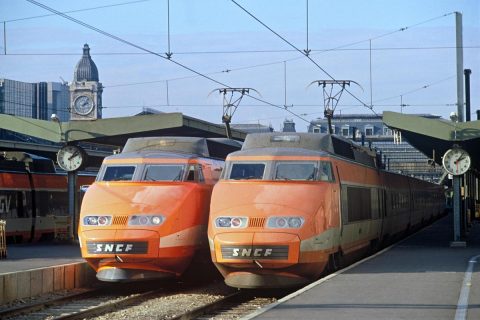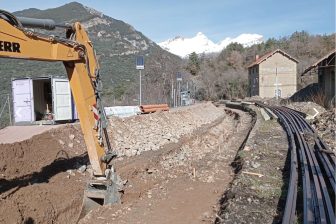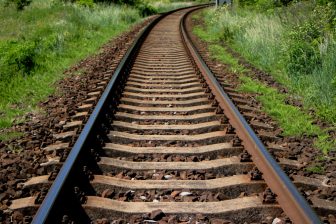
The French TGV celebrates its 40th anniversary
TGV en gare de Paris-Lyon
This week, France celebrates the 40th anniversary of the TGV. The French high-speed train has given the potential to help revitalise rail transport that was wondering about its future.
Want to read more?
You have read all of your free premium articles for this month. Please become a subscriber to keep reading.
Subscribe now!
Take advantage of our exclusive offer to get full access to all premium content.



